Earned vs Owned vs Paid Media: What is The Difference?
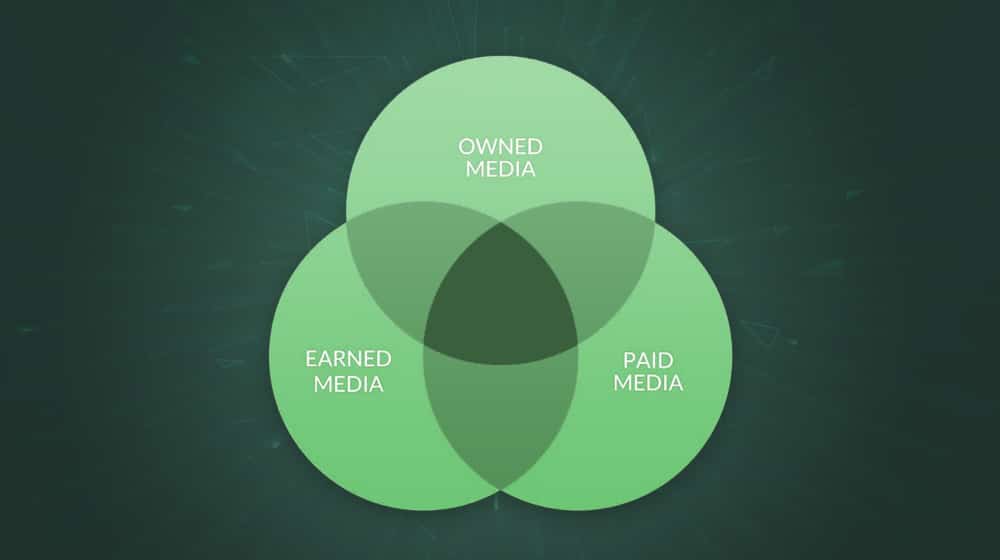
If you spend time in marketing circles, you may have heard something like this before:
"A comprehensive marketing strategy leverages earned, owned, and paid media."
Whether you've heard the older POE model or the newer PESO model, they both have a lot of similarities and a lot of value as a framework you can use to examine marketing as a whole.
The question is, what does that mean? What are those kinds of media? How do you leverage them? Let's talk about it.
 30 Second Summary
30 Second Summary
You can organize marketing into three important types of media: paid, earned and owned. You have to pay for paid media, like social ads or PPC campaigns. You get earned media when others share and talk about you naturally, including social mentions, reviews and search rankings. You control owned media directly - your website, blog and social profiles. You'll get the best results when you use all three types together, as they support each other. If you focus on just one type, you'll limit your marketing success and make your strategy less stable.
Paid Media
First up, let's talk about the easiest to differentiate and understand of the three; paid media. Paid media is any media that is part of your overall marketing plan that you have to pay for. Note the "have" here. Blog posts, for example, aren't usually categorized as "paid media" because while you can pay someone to write them for you, they aren't exclusively paid content. The person who is writing the blog posts isn't paying money to accomplish that task.
In general, paid media is the channel you use to pay to promote your other media. Social media sites like Facebook and Twitter offer the option to promote or boost posts with money, or create ads on their platforms; that is paid media. Using Google, Bing, or another ad network to pay for PPC ads is paid media.
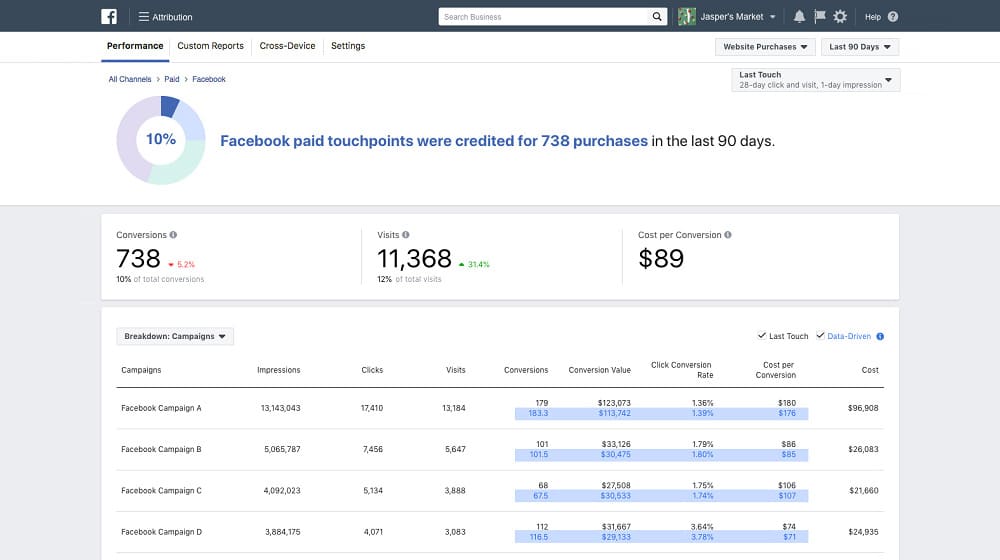
You can also include certain kinds of sponsorships as paid media. For example, if you pay an Instagram influencer to make a post about your product, that's paid media; the influencer wouldn't be posting about you without your payment.
Few if any companies can survive solely on paid media. Occasionally you'll stumble across a brand that exists solely as a storefront on Facebook, paying for their exposure and making a small profit, but it's not a sustainable or realistic long-term business model. If profits drop, ad costs rise, or demand falters, the business model cannot weather the storm.
Earned Media
Earned media is the opposite of paid media in that it's the hardest to differentiate and explain. It's all the media, coverage, promotion, and exposure you earn without paying for it. What falls into this category?
- Mentions on social media and blog posts.
- Shares, likes, retweets, reblogs, and other circulation on social platforms.
- Reviews of your product or your company in media outlets.
- Content of yours appearing on aggregators and syndicators.
- Backlinks from other sites directed at your site.
Essentially, it's everything involved in spreading word of mouth, gaining publicity, and "going viral".
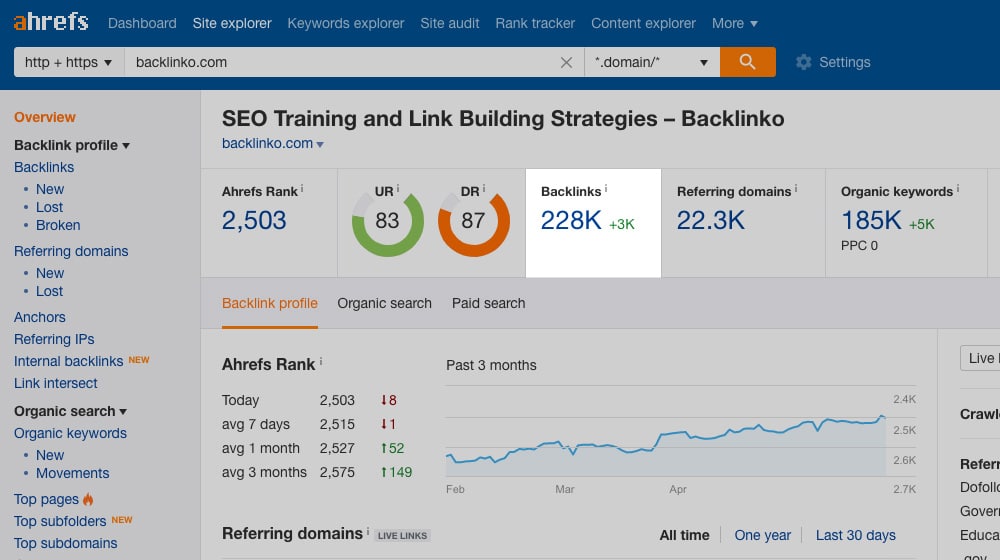
Search engine rankings are also a form of earned media. Your content ranking in the top 3 spots in Google's search is hugely beneficial for attracting traffic, awareness, and branding. It's not paid, since you can't pay for a higher spot in the search rankings, and it's not owned, because you don't own the search engine.
Some people often consider earned media to be the catch-all for everything that's not paid and not owned. Others have other definitions, some of which I'll get into later.
Owned Media
Owned media, as you might expect, is any media or channel you specifically own. This includes:
- Your storefront.
- Your blog, if it's separate from your storefront.
- Your social media profiles.
- Your alternative content, such as videos, podcasts, and eBooks.
- Your email list builds up through other owned channels.
Anything you own and create, that you operate, and that you don't have to rely on others to generate, is owned media.
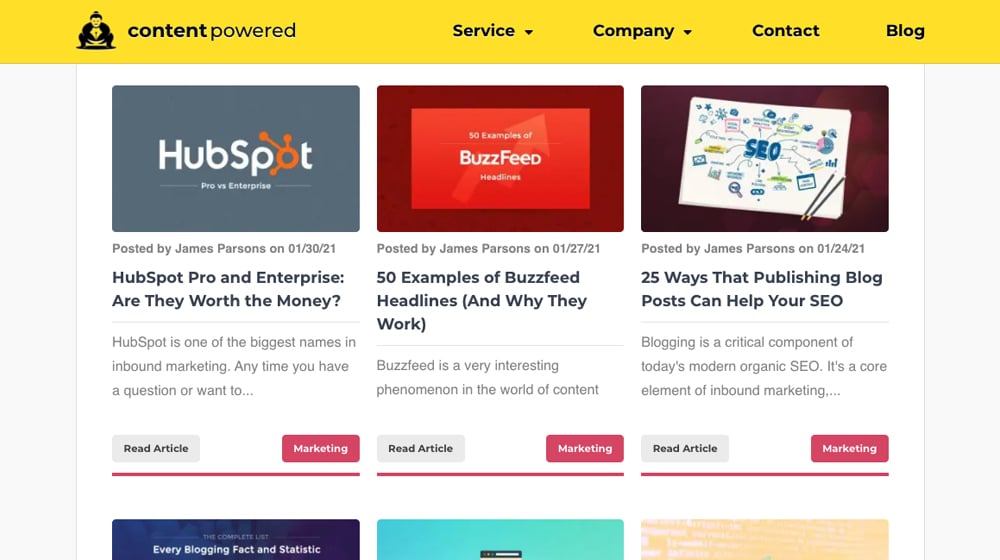
At first glance, it might seem like there's some crossover here. Your blog is owned media, but blog comments are earned media, for example. And, if you pay to create your blog posts, does that make them paid media? No. You still own the content and don't have to pay to keep them alive, other than the usual costs of doing business (web hosting, domain registration, etc.).
Owned media is generally the core of every marketing plan. Without owned media, your paid media has nothing to promote and your earned media has nothing to share. It's the foundation.
It's worth making a special mention here that all three forms of media have costs. Just because one of them is called paid media doesn't mean the other two are free. Paid media requires money to function, yes. Earned media is generally organic, but can benefit from investment, and can feed on paid media. For example, paying to get more exposure on Facebook gets you paid media, but people can share that organically and give you earned media from it as well.
Likewise, owned media is not free to create, maintain, and promote. You may want to pay to have content created for you or pay to repurpose content into other forms. You might pay for a video to be edited. You might have to pay for the tools required to create blog content, or for the hardware necessary to record a podcast. There are costs associated with owned media.
Some of these costs can be replaced with personal time invested. You don't have to pay for blog content if you spend the time to make it yourself. It becomes a choice; is the price of paying for content worthwhile when you consider the other things you could be spending your time doing? That's a calculation you'll need to make for yourself.
The One Pillar Myth
One of the biggest myths surrounding the differentiation between types of media is that, with owned media operating as the core of your marketing, you don't necessarily need anything else.
Years ago, this might have been true. Back when the internet was much smaller, having a website was more of a novelty than it was a necessity. You could build a website and people would visit it just because they could.
It's technically possible to build and grow a website today without the use of paid media. You can create a website, you can create content, you can grow a blog, all without paying for ads. You do, however, need earned media as part of that strategy. You need to invest heavily in social media activity, promotion, and networking. You need to be strict with following the Google SEO best practices and going above and beyond with your growth strategies. It's also very difficult and time-consuming.
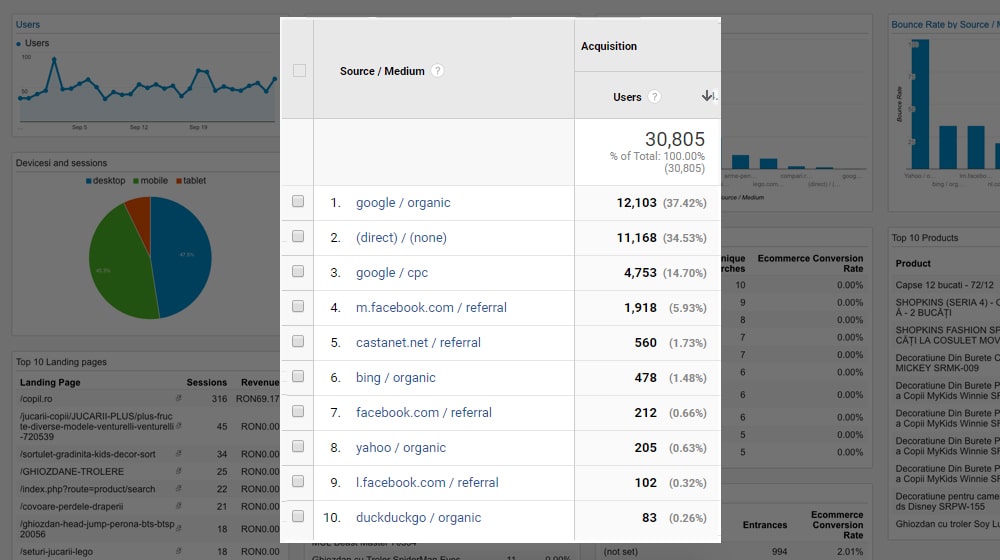
The strongest possible marketing plans make use of all three pillars, all three kinds of media, to form a stable tripod that feeds back in upon itself. Feedback loops are the name of the game.
- Paid media promotes your content on social networks, encouraging more earned media.
- Earned media shares your content, encouraging more content and more earned media.
- Earned and owned media bolster your profits, allowing you more leeway for more paid media.
Diversification is as relevant in marketing as it is in investing. If you put all of your eggs into the social media ads basket and the algorithm or content policy of that social network changes, your sales grind to a halt. If you're creating content and your website gets penalized, you could take a massive hit in sales for months. When you're diversified, your business is much more stable.
If you remove any one element of this network, you may end up with a less effective marketing plan.
The PESO Divide
Some of you may have read the above and recognized that the "earned media" category is, well, a little broad. Owned media, sure, it's the media you own and control. Paid media is everything that's everything you pay to play, like media placements and running advertisements on third-party sites. Earned media being a catch-all for everything from Google search rankings to Facebook shares, though, that's a bit much.
You're not alone in thinking this. Back in 2014, Gini Dietrich wrote a book called Spin Sucks, where she introduced the "PESO" model. This model is very similar to the POE model above but divides earned media into two categories: Earned and Shared.
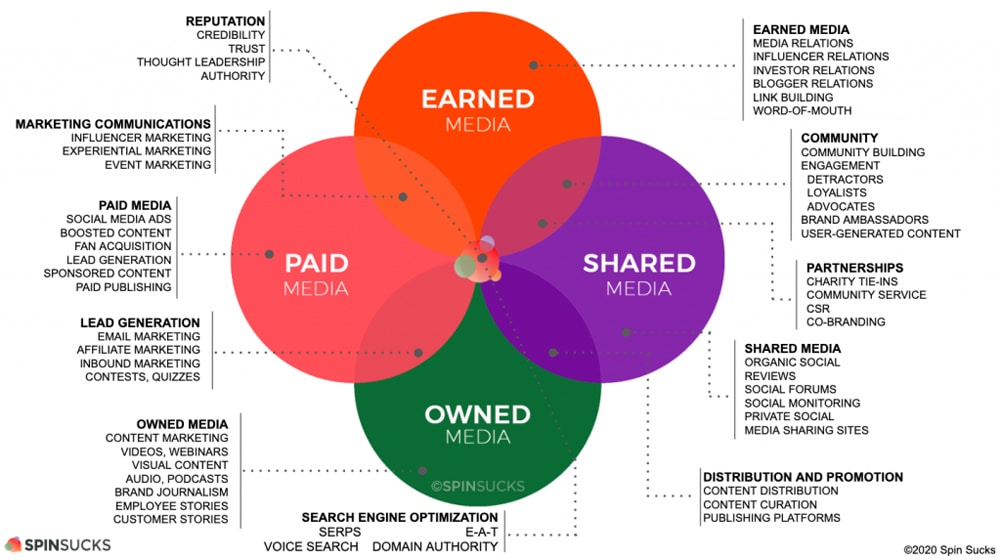
Under this new division, earned media is still something of a catch-all, but it's a smaller catch-all. It includes things relating to publicity; media relations, blogger networking, investor relations, influencer relations, and so on.
Meanwhile, the new category, shared media, is primarily social media. Facebook, Twitter, Instagram, Pinterest; all of the various shares and exposure you get via those channels are the new shared media. This helps you differentiate between something like search rankings and Twitter retweets when really entirely different things with different strategies needed to capitalize on them.
Overlapping Categories
A large part of the POE or PESO models is where the Venn diagram overlaps between them. Each layer of overlap covers some techniques, some forms of media, that would otherwise just fit into both categories. You can file them away into one category or the other, or you can consider each overlap a category of its own.
1. Earned and Shared: The overlap between earned media and shared media is mostly the realm of influencer engagements. Being a shining pillar in your industry and getting influencers talking about you on social media is a kind of earned media using the channels in shared media.
2. Paid, Earned, and Shared: The overlap between these three forms of media is where true influencer marketing and sponsorships come into play. A lot of modern influencer marketing is really just a sponsorship deal in disguise. You pay an influencer to post semi-organically or truly organically about your brand (that is, with and without disclosure), and reap the shared media benefits of their posts.
Note that paying for a post without disclosing it is generally against social media profile rules and can risk getting your accounts suspended. This is mostly due to the fact that the FTC has made very clear rulings on the legality of this. Suspensions for violating this rule usually only happen when it's painfully obvious, when information has been leaked and it's drawing negative attention, or when it otherwise needs to be cracked down on. Unfortunately, fake reviews are posted all the time in a more organic-looking way and the large majority of them are never caught.
This overlap can also include things like event sponsorships. Have you ever seen those businesses that advertise around the edges of a baseball field or on banners at trade shows? The corporate sponsors for the event pay to help the event run and reap the earned and shared benefits of doing so.
3. Paid and Owned: The overlap between paid and owned media is the realm of affiliate and incentivized marketing. Paying people to advertise for you in their own channels, their own blogs, their social media posts, and their own native advertising channels is a form of paid media that relies on your owned media to work.
4. All four: Overlapping all four is, of course, "marketing" as a whole. It's where all of the value converges and you leverage it for authority, thought leadership, and market position.

These pros and cons are something to consider carefully, especially if you're significantly more invested in one of these marketing strategies than the others.
Do You Have to Care?
As a final note here, you might wonder why I'm writing a post like this. If you've read my blog before, you may have seen my disdain for rigid sales funnels and general eschewing of codified and inflexible strategies. So why this one?
The main reason I'm covering this is simply that these are likely terms that you will encounter as part of your research into marketing techniques. There are a lot of high-profile business marketers and consultants who use this framework to describe the tools, techniques, and results they provide. There's nothing wrong with this - it really all just comes down to what framework allows you to conceptualize the different perspectives within marketing that you'll have to work with.
So, do you have to care about this framework? No, not really. Can you use it for your own organization and structure? Sure, there's no reason not to. It's not inherently weaker or less valuable than any other visualization. If it doesn't work for you, don't force yourself to use it, that's all.
Personally, I don't tend to think about marketing in these rigidly defined terms. I use the more flexible variations of simple organic, paid, and viral content, or I simply talk about the difference between organic and paid media. I really don't find the extra categorization to be of significant value to how I plan and implement my own marketing strategies.
That said, it's perfectly fine if you do. Some people like more definition and more control. Some people prefer a more free-form technique. Neither is incorrect.
My point of view is pretty simple: if it works for you, use it.



 30 Second Summary
30 Second Summary

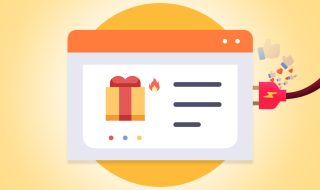

September 06, 2021
Hey James. Thanks for sharing this. It's really informative.
September 10, 2021
Thanks Stephanie! I appreciate your comment.
April 13, 2023
Great article! Provides a clear explanation and the respective advantages of each category.
April 17, 2023
Thanks Atul!